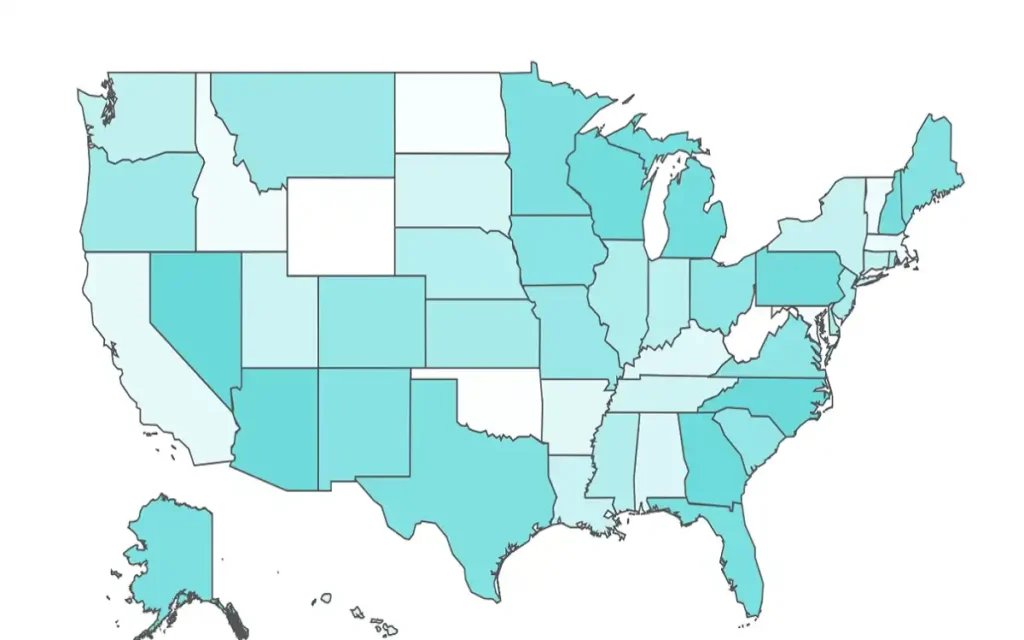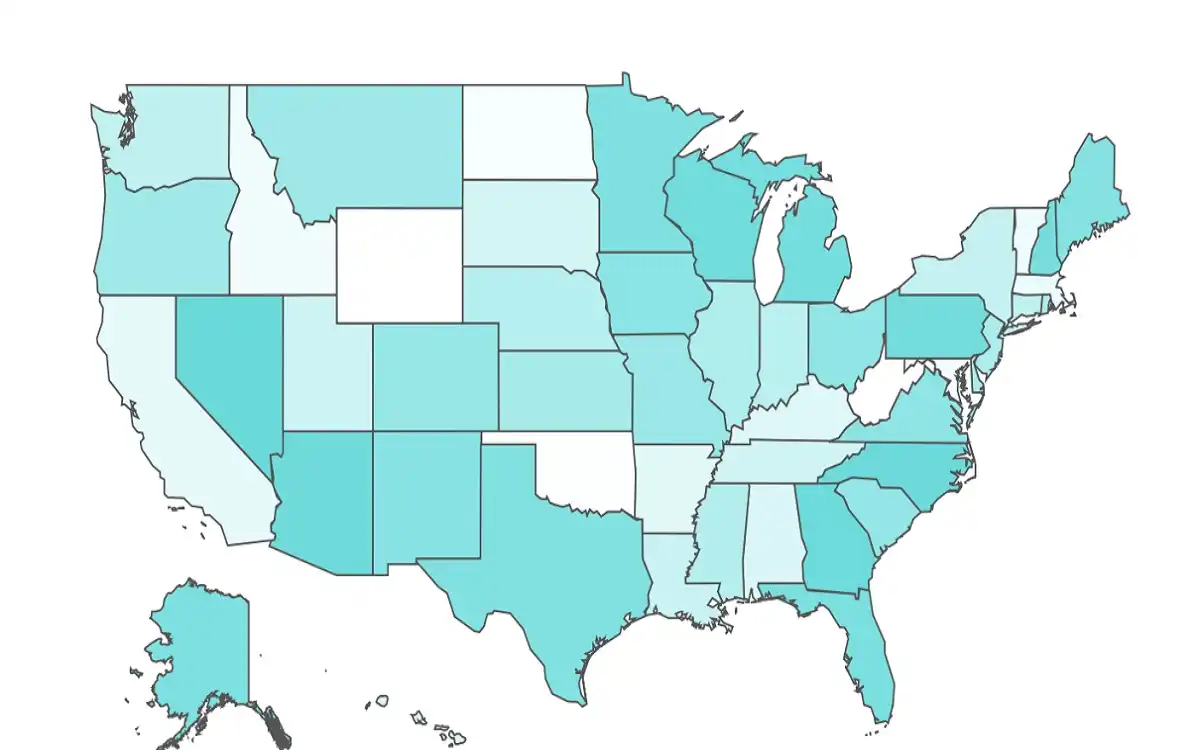|
Getting your Trinity Audio player ready...
|
The upcoming Presidential Election 2024has once again highlighted a peculiar aspect of American democracy – not all votes carry equal weight. Due to the Electoral College system and changing demographics, voters in certain states wield significantly more influence than others in determining who becomes the next President of the United States.
The Math Behind Vote Power
According to electoral analysis from the Brookings Institution, a voter in Wyoming has approximately 3.6 times more electoral influence than a voter in California. This disparity stems from the Electoral College system, which allocates electors based on the total number of congressional representatives (House members plus Senators) each state has.
The Electoral College system creates an inherent advantage for smaller states, as the minimum three electoral votes they receive represent a larger proportion of their population,
explains Dr. Sarah Matthews, Professor of Political Science at Georgetown University.
Most Powerful Voting States

The states where individual voters hold the most electoral power are:
- Wyoming – 1 electoral vote per 190,000 residents
- Vermont – 1 electoral vote per 210,000 residents
- Alaska – 1 electoral vote per 245,000 residents
- North Dakota – 1 electoral vote per 250,000 residents
- Rhode Island – 1 electoral vote per 261,000 residents
States with Diminished Voter Power
Conversely, voters in populous states find their individual votes carrying less weight:
- California – 1 electoral vote per 718,000 residents
- Texas – 1 electoral vote per 675,000 residents
- Florida – 1 electoral vote per 670,000 residents
- New York – 1 electoral vote per 668,000 residents
Swing State Factor
Adding another layer of complexity is the swing state phenomenon. Professor James Wilson of the University of Nevada notes,
While the mathematical voting power might be higher in Wyoming, the practical influence often lies with voters in competitive swing states like Pennsylvania, Michigan, and Georgia, where electoral outcomes remain uncertain.
Impact on Voter Turnout
Research from the Pew Research Center indicates that this disparity affects voter behavior. States with higher electoral vote power per capita typically show 15-20% higher voter turnout rates in presidential elections compared to states where individual votes carry less weight.
Reform Proposals
Several initiatives aim to address these imbalances:
- The National Popular Vote Interstate Compact continues to gain support, with 16 states and D.C. having joined as of early 2024
- Constitutional amendment proposals to reform or abolish the Electoral College
- State-level redistricting reforms
Looking Ahead
The Brennan Center for Justice projects that demographic shifts could further exacerbate these voting power disparities by 2028. Rural states are expected to see their relative electoral influence increase as their populations grow more slowly than urban states.
The fundamental question facing American democracy is whether a system designed for 13 colonies can effectively serve a nation of 50 diverse states in the modern era,
says Constitutional law expert Professor Robert Henderson.
As the nation approaches another presidential election, these disparities in voter power remain a crucial factor in campaign strategies and electoral outcomes, highlighting the ongoing debate about electoral reform in American democracy.
For More News Update Visit California News



